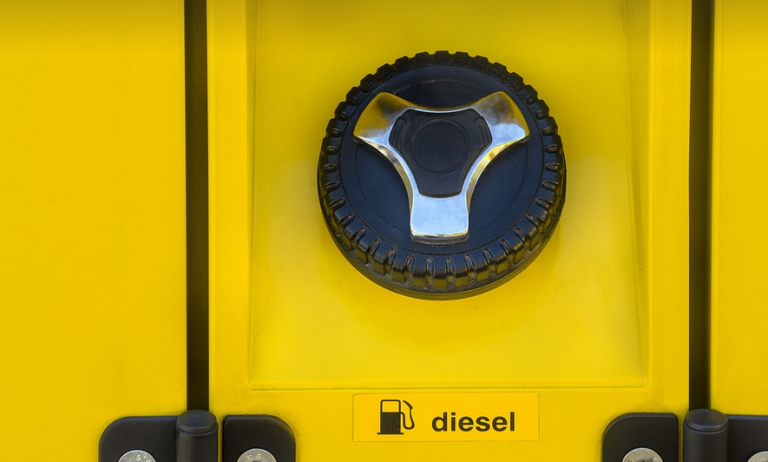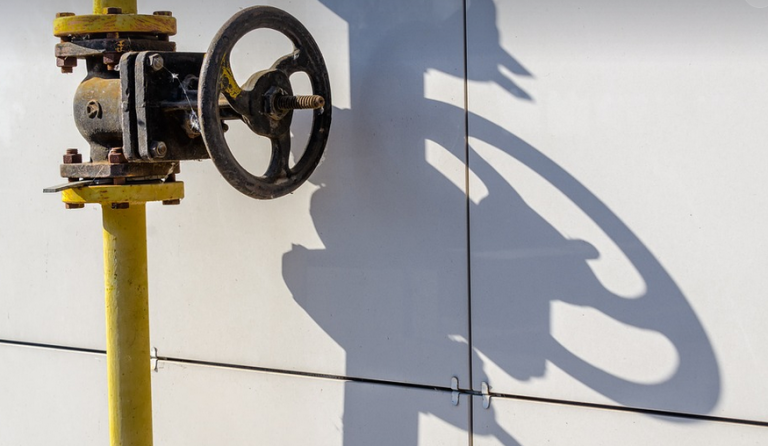Sustainable Style: The Importance of Reclaiming Worn Clothes
We love our Marine Layer tees – their soft feel, comfortable fit, and classic style are hard to beat. But as we all know, even the most well-loved items wear out eventually.
The good news is that there’s a way to keep those comfy t-shirts out of landfills and give them a second life – through recycling! While it might seem like an extra step, it makes a real difference for your wardrobe and the planet. This article dives into the ins and outs of marine layer t-shirt recycling, exploring how you can make conscious choices that benefit both your style and the environment.
Why Recycling Marine Layer T-Shirts Matters
Marine Layer t-shirts are typically made from durable cotton blends, but even with careful care, they can eventually wear out. These fibers break down over time, leaving behind microplastics and other pollutants that contribute to environmental damage. Throwing these garments directly into the trash isn’t just wasteful; it also releases harmful chemicals and contributes to a larger problem: landfill overflow.
The journey of a t-shirt from factory to your closet is pretty extensive, but recycling helps cut down on energy used for making new clothes. You get to enjoy your favorite tee again while minimizing the overall pollution footprint.
Types of Recycling
There are several different ways that t-shirts can be recycled:
**1. Composting:** This is a great option if you have access to composting facilities in your area. It’s a natural and eco-friendly way to break down the fibers into valuable nutrients for plants.
**2. Recycling Programs:** Many retailers, including Marine Layer itself, offer dedicated recycling programs within their stores or through partnerships with third-party organizations. These usually involve dropping off your used t-shirts in designated bins for collection and sorting. Check the program details on the company’s website.
**3. Textile Recycling Centers:** For more specialized processing, you can check out textile recycling centers that specialize in upcycling items like t-shirts. These facilities often use innovative techniques to create new products like cleaning cloths, blankets, or even insulation materials.
Getting Involved: Tips for Sustainable T-Shirt Recycling
Recycling your old t-shirts is a great way to contribute to a more sustainable future. Here’s how you can be more involved:
**1. Ask Marine Layer for Recycling Options:** If you’ve already got some comfy t-shirts and want to give them a new life, don’t hesitate to reach out to Marine Layer headquarters. They often have dedicated programs in place or can guide you to suitable recycling centers.
**2. Check for Local Programs:** Often your local government might offer specific initiatives for fabric waste management. You can find these through city websites or by contacting the environmental department.
**3. Embrace Repurposing and Creativity:** You don’t always have to rely on traditional recycling programs, especially if you’re creative! Think about turning old t-shirts into something new:
**a.** Donate them to charities like the Salvation Army or Goodwill. They often accept used clothing for resale or donation to those in need.
**b.** Cut up old t-shirts and use them as stuffing material for pillows, blankets, or even stuffed animals.
Conclusion: A Sustainable Future Starts with Conscious Choices
Marine Layer t-shirts are more than just fashionable clothing; they’re a symbol of our style and commitment to sustainable living. By recycling these garments, we not only give them a second life but also contribute to a cleaner planet for future generations.
The journey of an old t-shirt can take surprisingly many forms. It’s about finding creative solutions that benefit both our style and the environment. When you choose to recycle your Marine Layer tees, you’re not just making a choice; you’re taking a step towards building a more sustainable fashion future.



















